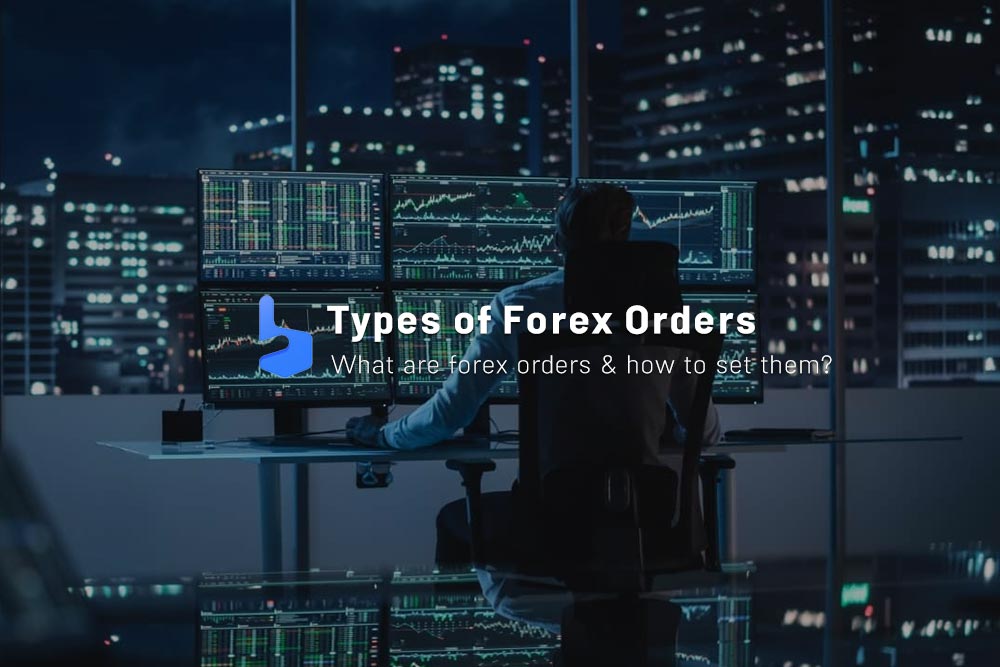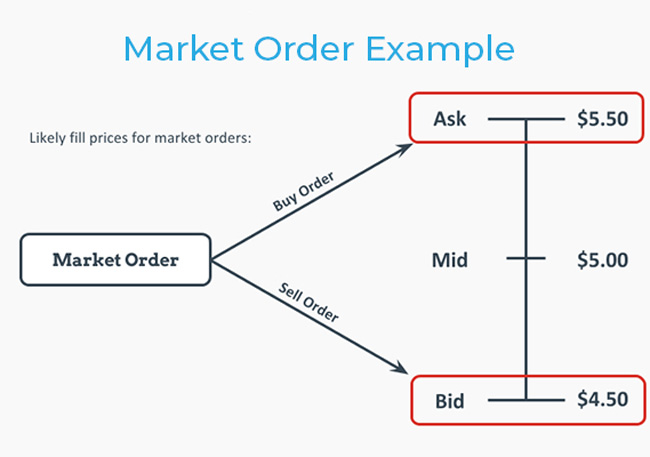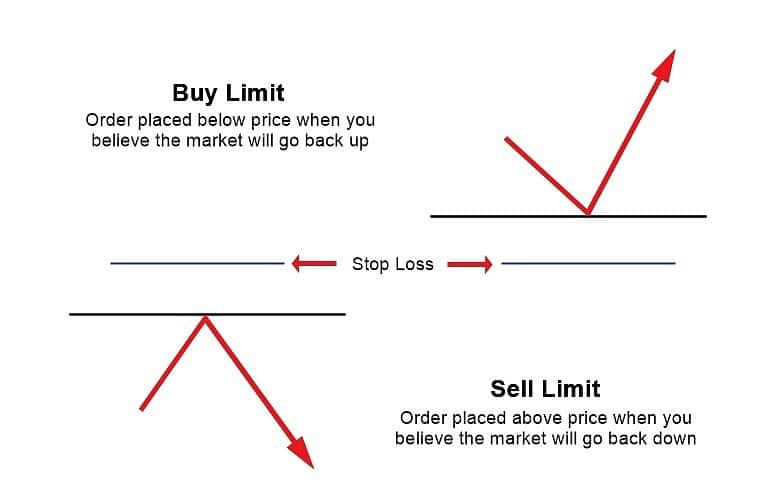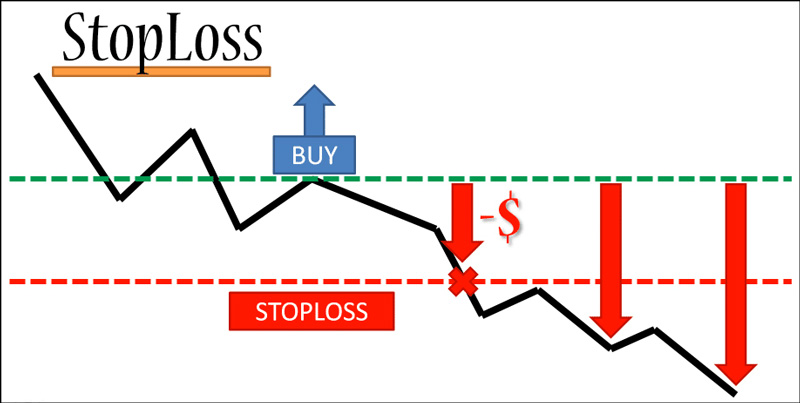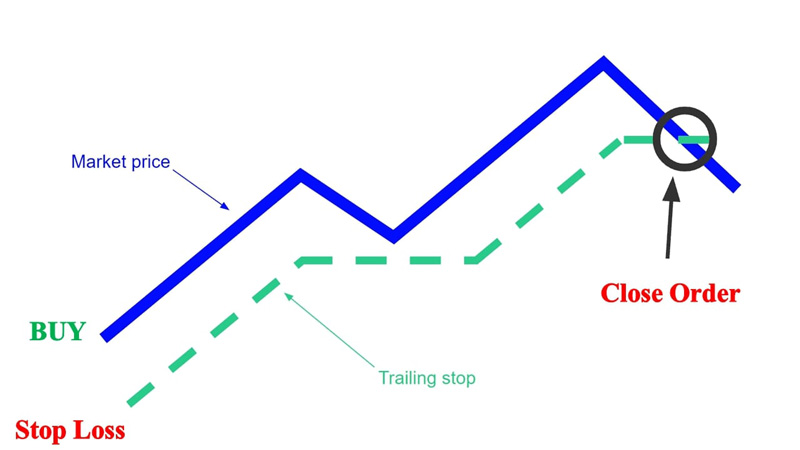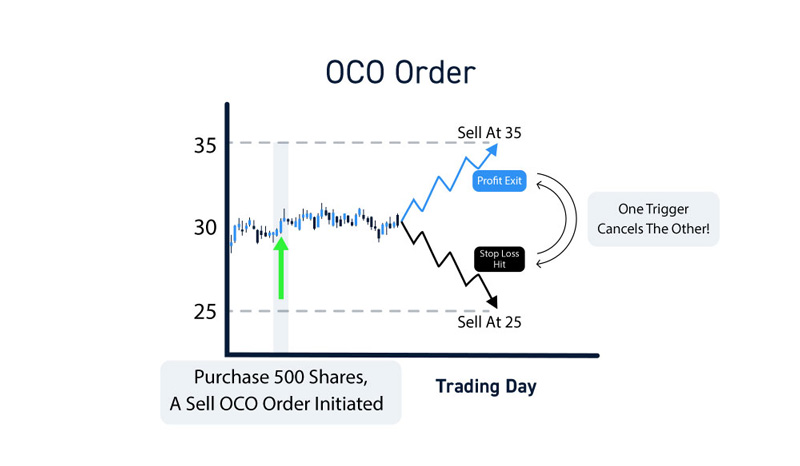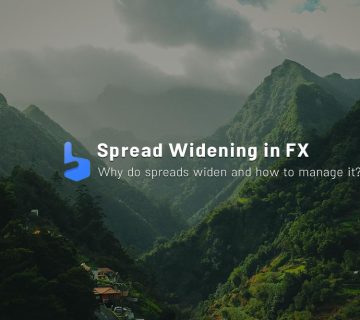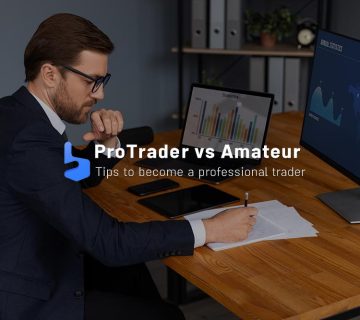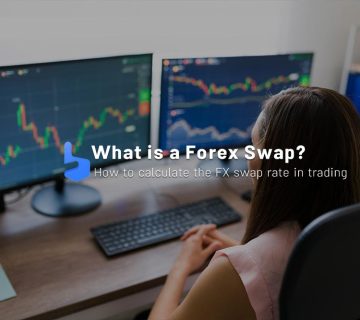What you are about to read:
Trading in the Forex market is a popular investment opportunity that allows individuals to buy and sell currencies to gain profits. One of the most crucial aspects of trading in this market is understanding the various types of Forex orders. These orders empower traders to specify particular parameters for their trades, assisting them in minimizing risk and maximizing returns. In this Forex tutorial from Brokerland, we will explore the types of orders in Forex and how to use them to enhance trading results.
Types of Forex Orders
As you may know, almost all transactions in the Forex market are carried out by placing various forex order. Therefore, familiarity with them is one of the most fundamental steps in starting to learn forex trading. Below, we will become acquainted with these cases in order.
Market Orders
This order is the most common type of forex order in trading. A market order is an instruction to buy or sell a currency at the current market price. When a trader places a market order, the trade is executed immediately at the best available price. This means that the trader receives the currency at the current available price, regardless of whether the price changes in the future or not.
Market orders are useful for traders who want to enter or exit a trade quickly without waiting for a specific price. However, these types of forex orders can also be risky, as the price of a currency can change rapidly. Traders using market orders should be aware of the existing risks and have a complete understanding of market conditions.
Limit Orders
The next type of Forex orders is limit orders, which allow traders to specify a particular price at which they want to buy or sell a currency. When a trader places a limit order, the trade is only executed when the currency reaches the specified price. For example, if a trader wants to buy a currency at a price of 1.2000, they can place a limit order at that price. If the currency reaches that price, the trade is executed.
These types of forex orders can be useful for traders who want to buy or sell a currency at a specific price, instead of the current market price (unlike traders mentioned in the market order who decided to buy the currency at the current market price). This can help reduce risk, as traders can specify a price within their risk tolerance range. However, these types of orders in Forex can also be risky, as the currency may not reach the specified price, and the trade may not be executed.
Stop Forex Orders
A stop order is a type of forex order that allows traders to specify a price at which they want to buy or sell a currency. When a trader places a stop order, the trade is only executed when the currency reaches the specified price. However, unlike the limit order mentioned above, a stop order is used to limit losses or protect profits.
In this type of Forex orders, there are two models of stop orders: stop-loss orders and take-profit orders. A stop-loss order is used to limit losses, while a take-profit order is used to protect profits. For example, if a trader buys a currency at a price of 1.2000, they can place a stop-loss order at 1.1950. If the currency falls to 1.1950, the trade is executed, and the trader limits their losses.
Stop orders can be useful for traders who want to limit their losses or protect their profits. However, this forex order can also be risky, as the currency may move quickly, and the stop order may not be executed at the desired price.
Trailing Stop Order
Trailing stop orders are another types of forex orders that allow traders to specify a particular price at which they want to buy or sell a currency, but with an added feature called “trail.”
When a trader places a trailing stop order, the trade is only executed when the currency reaches the specified price plus a specific distance determined by the trader as the trail value.
These types of Forex orders can be useful for traders who want to limit their losses or protect their profits while benefiting from price movements in the market. For example, if a trader buys a currency at a price of 1.2000, they can place a trailing stop order with a trail value of 50 pips.
If the value of that currency increases to 1.2050, the trailing stop order will also increase by 50 pips and reach 1.2000, effectively locking in a profit of 50 pips. Now, if the value of the currency falls, the trailing stop order does not move, effectively limiting the trader’s losses. Trailing stop orders can be especially useful in volatile markets where prices can change quickly. However, traders must be cautious in setting the trail value accurately to avoid being stopped out too soon and potentially missing out on substantial profits.
One-Cancels-the-Other Orders (OCO)
The next type of forex orders we’ll discuss is the One-Cancels-the-Other order, abbreviated as OCO. This order allows traders to execute two orders simultaneously and, if one is executed, automatically cancels the other. For example, a trader may want to buy a currency if it goes above a specific price or sell it if it falls below a certain price.
In this case, they can place two orders, one buy limit order and one sell limit order, simultaneously using an OCO order. If one of the conditions and orders is canceled, the other will be automatically canceled.
OCO forex orders can be useful for traders who want to take advantage of price changes but also want to limit their risk by having a stop-loss or take-profit order simultaneously. However, traders must be careful in setting up these types of forex orders accurately to prevent being stopped out too soon or letting profits run excessively.
How to place forex orders in MT4 Platform?
Now that we are familiar with different types of forex orders, it is essential to know how to set them. In previous articles, we introduced the MetaTrader 4 trading platform. Here, we will examine how to place the forex orders in this platform. There are several ways to do it:
Method 1: Order Management Window
Click on the “new order” icon in the toolbar, opening the forex order window. This option reveals the page related to order placement.
Method 2: Placing Various types of forex orders via Charts
Right-click on the chart, select “Trading,” and choose the appropriate option.
Method 3: Order Placement via Keyboard Shortcut
Press the keyboard shortcut ”, opening the order window. This method is straightforward and fast.
Method 4: Placing Types of Forex Orders using ‘One Click Trading’ Feature
Lastly, the fourth method involves using the ‘One Click Trading’ feature, displaying the buy/sell button directly in the upper-left corner of the chart. To activate this feature, go to Tools > Options > Trade and select “One Click Trading.” Keep in mind that before using this feature, you must accept the terms and conditions. This feature allows you to place all types of forex orders with just one click, so use it only if you know what you are doing.
Tips for Setting Forex Orders
Here some tips that help you in using different types of forex orders.
- Use of Stop Loss: Setting a stop loss is crucial for every trader to limit losses and manage risk. Always determine a stop loss for each trade and ensure it has enough distance from the entry price.
- Use of Take Profit or Limit Order: This type of forex order is another essential tool for risk management. It allows traders to lock in their profits at a predetermined level and can help prevent turning trades into losses.
- Be Aware of Market Fluctuations: Market fluctuations can impact order execution. When setting forex orders, consider the market fluctuations of the currency pair you are trading.
- Monitor Your Trades: Always keep an eye on your trades and adjust your orders if necessary. Market conditions can change rapidly, and being prepared to adapt to these changes is essential.
Conclusion
In conclusion, there are various types of forex orders, each with its own advantages and disadvantages. Market orders are the most common, but limit orders, stop orders, trailing stop orders, and OCO orders can be useful in specific conditions.
Traders must be careful when adjusting orders, understanding the associated risks, to maximize their profits and minimize losses. A thorough understanding of different types of forex orders can assist traders in making informed decisions and improving the outcomes of their trades.

